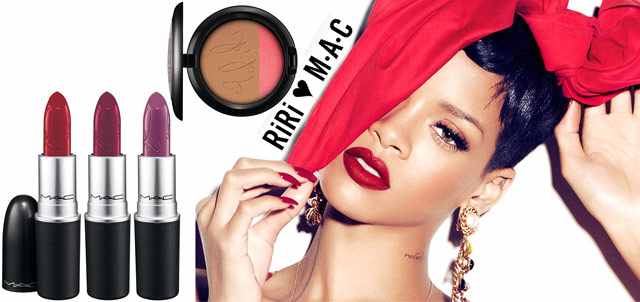

If you have an adjustment layer in place when you convert to grayscale, the adjustment layer will be deleted. Having the Hue/Saturation adjustment layer makes your image appear grayscale, but if you want to eliminate all color completely from your image as you work, you can convert your image to grayscale by choosing Image > Mode > Grayscale from the dropdown menu at the top of the application window.
#IMAGE LINE FOR MAC HOW TO#
How to convert an image to grayscale: an additional method Drag the slider for Saturation as far as it will go to the left, so that the value listed for Saturation is now -100. You'll see three sliders in the Properties panel: Hue, Saturation and Lightness. If you don't see your Properties panel, you can choose Window > Properties from the dropdown menu at the top of the Photoshop application window. With your adjustment layer still selected, go to your Properties panel, located to the right of your image by default. You've just created an adjustment layer for Hue/Saturation, which means all layers that appear beneath the adjustment layer will retain the Hue/Saturation properties you set for that adjustment layer. Choose Hue/Saturation from the dropdown menu. Select the Adjustment Layer icon at the bottom of the Layers panel (the icon looks like a half black, half white circle). Select the duplicated layer at the top of the Layers panel. Step 3: Convert the image to grayscale using an adjustment layer To duplicate a layer, select the layer in the Layers panel, click on the Layers panel menu in the upper right hand corner of the panel, and choose Duplicate Layer.

In your Layers panel, duplicate the layer containing your image three times, so that you have four identical layers. Once you're satisfied with the increased contrast of the image, click OK. Note: If you're working in a CMYK image, you'd pull up on the middle of the line instead of down. You'll notice that the dark areas of the image will get darker, while the lighter areas will remain light. In the graph on the left side of the dialog box, click on the middle of the line running diagonally through the graph and drag downward, creating a curved line in the graph. If you're working in a flattened image (such as a JPG), this layer will be the locked Background layer.Ĭhoose Image > Adjustments > Curves from the dropdown menu at the top of Photoshop's application window. Go to your Layers panel and make sure the layer that contains your image is selected. We'll adjust the contrast of the entire photograph so the purse and tube stand out more. The image of the change purse and perfume tube, however, are so light they almost blend into the background. In the example photograph, the image of the shoes and sunglasses contrast significantly against the white background. Step 1: Adjust the contrast of your photo


 0 kommentar(er)
0 kommentar(er)
